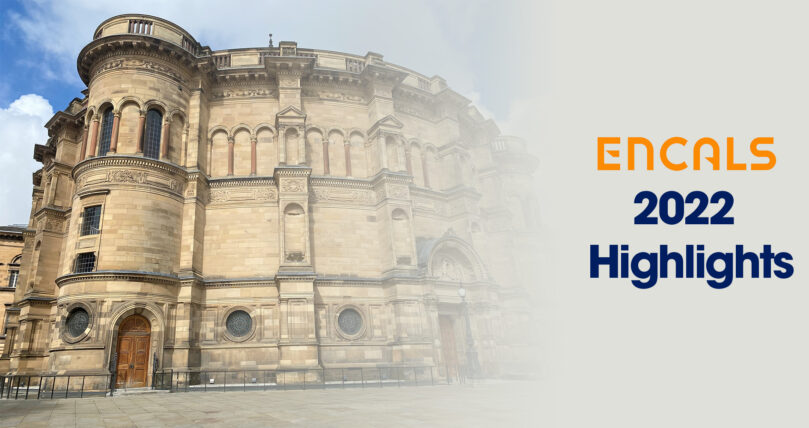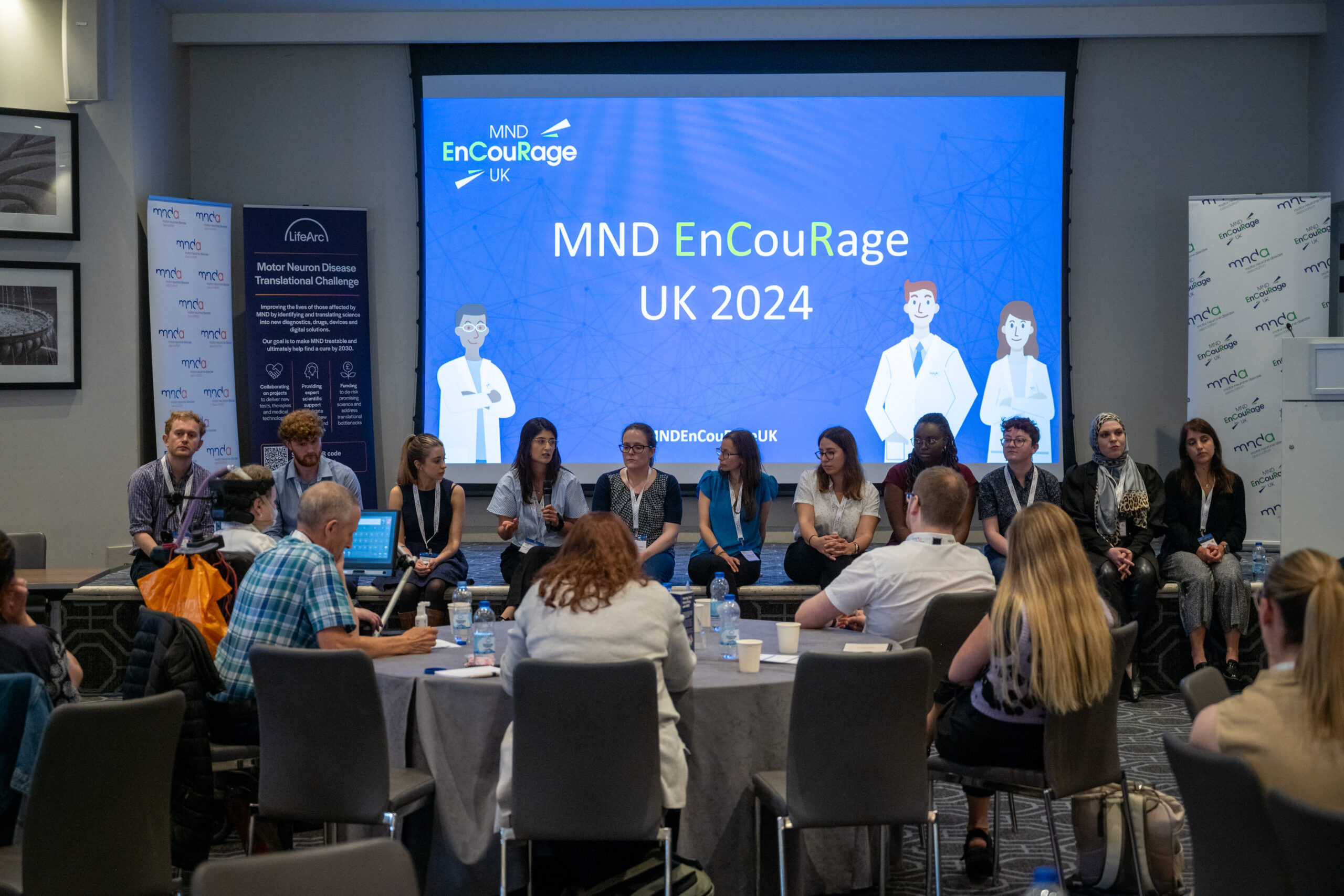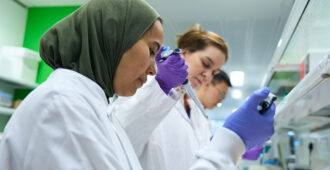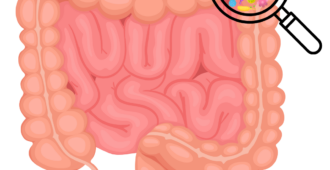Every year at the European Network to Cure ALS (ENCALS) meeting, the Young Investigator award is presented to the brightest and best young scientist in MND research who made significant achievements and have the most promising career in MND research ahead of them. The prestigious award is given for outstanding research, which challenges existing ideas about MND which results in benefit to people living with MND and increasing our understanding of MND. Unusually, this year the award was given out to three awardees instead of just one as the judging committee found it too difficult to choose between the three. The award winners were Chen Eitan, Ruben Van Eijk and Ahmad Al-Khleifat.
Hear from Ahmad, a recent addition to our Lady Edith Wolfson Fellowship Programme, who discusses his career and research so far and what the award means to him.
I am at a loss for words and so happy to receive this prestigious award. What a career highlight! I am truly humbled and happy to be recognised in this way.
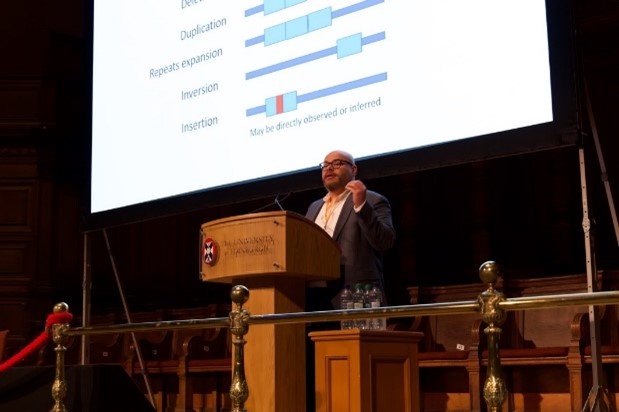
After graduating from medical school and entering neurology training, I became interested in medical research. My background as a medical doctor allows me to bring a variety of skills and knowledge to my science. Crucially, it allows me to understand the clinical questions that need answering and the scientific tools available to achieve that. My work and interest in neurodegeneration began during my Master’s degree, which was conducted at the Department of Old Age Psychiatry at King’s College London, with a special focus on developing a biomarker for Alzheimer disease. I then did my PhD with Professors Ammar Al-Chalabi and John Powell at the Maurice Wohl Clinical Neuroscience Institute, King’s College London. During my PhD I characterised the genetic makeup of MND using whole genome sequence data (looking at the whole DNA sequence) and how the disease presents at the clinic. Recently, I have been awarded The MND Association Lady Edith Wolfson Fellowship and my current work focuses on the identification of genes associated with ALS through using cutting edge gene sequencing technology, coupled with advanced data analysis to deliver diagnostic tools for genetic forms of ALS.
Learning about biology and genetics by combining biology and genetics
Our genes are carried in DNA. The human genome is over three billion DNA base pairs in length and contains many types of variants and repetitive stretches of genetic code. Like a complex jigsaw, which can be challenging, as many fragments look highly similar without additional context. My research is focused on studying the genome and creating tools that make this task easier and accessible for researchers and centres with no expertise. Improvements in sequencing technologies are helping to close gaps in our knowledge of the genome and allow for a better understanding of the genetic causes of the disease, find new genes that were missed in previous research in ALS, and find new drug targets to develop therapy for ALS.
ALS is a global problem!
One fantastic resource which arose from collaboration between researchers and people with MND is project MINE, and this has been vital to my work (and others) in discovering the genetics behind the biology of MND. Project Mine is an international genetics project that is analysing DNA from people with ALS in detail. There is a growing need to expand Project MinE in different parts of the world. Most of the large-scale projects have been done in populations with similar ancestry or in populations of low diversity, which might be useful in finding the genes most strongly involved but is probably not enough to tackle an entire disease. The large and disproportionate genetic study of populations of European descent (96%), leaves very little room for understanding the diversity of ALS genetic architecture worldwide. Therefore, for this great benefit the Trans-Ancestral Genetics working group was created. The overall aim of this working group is to diversify genetic research in ALS to include diverse, multi-ethnic populations to accurately represent ALS genetics-related disease risks in all populations.
A hackathon with a purpose
A hackathon, is a social coding event that brings programmers, scientists who can code together to improve upon or build a new software program. I organise NEUROHACK; an annual 4-day competitive international hackathon at hubs in London and Los Angeles. In our recent hackathon over 260 participants from six continents were selected to attend the event. As part of the hackathon, three pilot grants of £10,000 were awarded to NEUROHACK teams to continue to develop the most promising ideas, two of which were awarded to MND teams to develop novel approaches in drug development in ALS.
Gratitude
I hope this research will help, even if a little bit, people with Motor Neurone Disease. My research wouldn’t be possible without the generous gift of tissue donation. I want to express my deepest gratitude for all the help that I received from Professor Ammar. Thank you for every minute you spent teaching me, thank you for believing in me. I hope that one day I will be a Clinician Scientist as good as you. Thank you, Ammar. I would also like to acknowledge the Motor Neurone Disease Association, ALS Association and Project MinE. Their expansional support for ALS research and people with ALS is phenomenal.
We wish to thank Ahmad for writing this blog for us. Congratulations on winning the ENCALS Young Investigator award 2022!
You can follow Ahmad on his Twitter or LinkedIn.
You can find out more about Project Mine on our blog here or on their website here.

